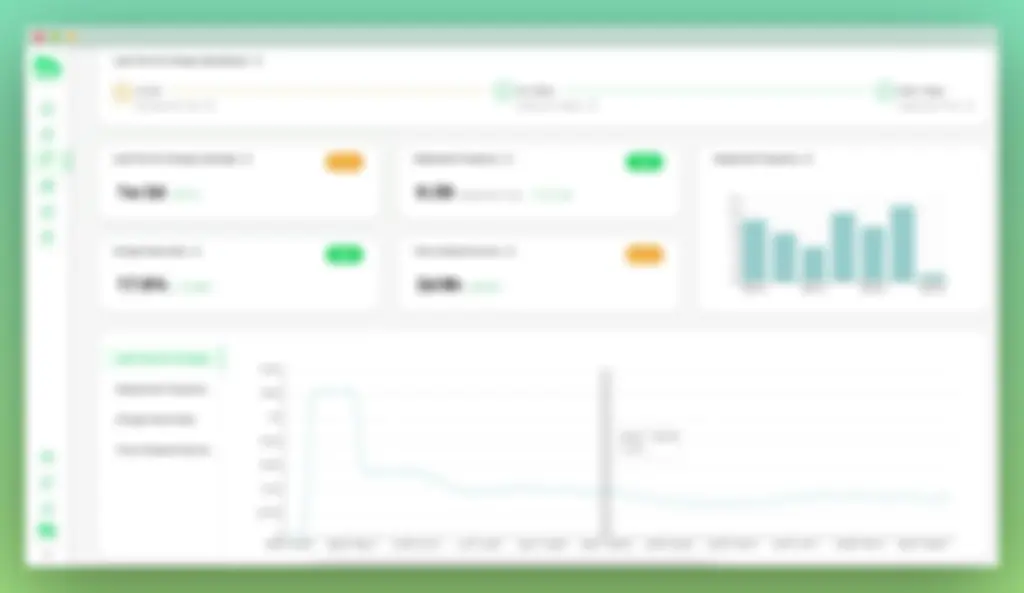DevOps metrics provide valuable insights into the performance and efficiency of your development, DevOps, and Platform Engineering teams. By leveraging these metrics, organizations can identify areas for improvement, streamline workflows, and deliver high-quality software faster. In this blog post, we will explore the key DevOps metrics that every team should monitor, explain why they are important, and demonstrate how the Oobeya Software Engineering Intelligence Platform can help you elevate your DevOps performance.
What Are DevOps Metrics?
DevOps metrics are quantitative measures that help teams understand the effectiveness and efficiency of their software development and delivery processes. These metrics provide insights into various aspects of the DevOps lifecycle, enabling teams to make data-driven decisions to improve their workflows.
Why Are DevOps Metrics Important?
DevOps metrics are crucial because they help teams identify bottlenecks, track value delivery performance, and ensure continuous improvement. By monitoring these metrics, organizations can achieve higher efficiency, better quality software, and faster delivery times. Furthermore, DevOps metrics help in aligning development, DevOps, and Platform Engineering teams with business goals, promoting a culture of collaboration and transparency.
What are the 4 Key Metrics in DevOps?
The DevOps Research and Assessment (DORA) team has identified four key metrics that are critical for evaluating DevOps performance. These metrics provide a comprehensive view of the software delivery process and are essential for continuous improvement.
- Deployment Frequency
- Lead Time for Changes
- Change Failure Rate
- Mean Time to Restore Service (MTTR)
 DORA Metrics in Oobeya
DORA Metrics in Oobeya
What is Deployment Frequency?
Deployment Frequency measures how often new releases are deployed to production. It reflects the agility of the development process. High deployment frequency indicates that the team can deliver new features, fixes, and improvements quickly, responding rapidly to market demands and user feedback.
What is Lead Time for Changes?
Lead Time for Changes is the time it takes from committing a change to deploying it into production. This metric highlights the efficiency of the development and deployment processes. Shorter lead times mean faster delivery of value to customers, allowing the organization to stay competitive.
What is Change Failure Rate?
Change Failure Rate measures the percentage of changes that result in a failure in production, such as service outages or degraded service. This metric is crucial for understanding the stability and reliability of the deployment process. A lower change failure rate indicates a more stable and reliable system.
Key DevOps Metrics For Success
- Deployment Frequency (DORA): The number of deployments to production in a given time period. It indicates how often the team deploys code and a measure of development agility.
- Lead Time for Changes (DORA): The amount of time it takes for a code commit to get into production. This metric highlights the efficiency of the deployment pipeline.
- Mean Time to Restore Service (DORA): The average time it takes to restore service after an incident. It reflects the team’s ability to respond to and recover from failures.
- Change Failure Rate (DORA): The percentage of deployments that cause a failure in production. This metric indicates the reliability of the deployment process.
- Cycle Time: The total time from the start of development work on a feature or bug fix until it is deployed to production. It includes both lead time for changes and any additional delays.
- Deployment Time: The time it takes to deploy a release to production once it is ready for deployment. This can include automated and manual deployment steps.
- Change Volume / Deployment Size: The amount of code changes in a single deployment. This metric helps in understanding the scope of changes being made in each deployment.
- Pipeline Failures: The number of failures that occur in the CI/CD pipeline. Monitoring pipeline failures helps in identifying and addressing issues in the automation process.
- Mean Time Between Pipeline Failures: The average time between successive failures in the CI/CD pipeline. This metric helps in understanding the reliability of the pipeline.
- Availability: The percentage of time the system is operational and available for use. High availability is critical for user satisfaction and business continuity.
- Average Response Time: The average time it takes for the system to respond to a request. This metric is crucial for understanding the performance and user experience of the application.
- Apdex Score: A standardized metric that measures user satisfaction based on response times. It provides a clear view of how users perceive the performance of the application.
- Error Rates: The frequency of errors occurring in the system. Monitoring error rates helps in identifying stability issues and areas that need improvement.
To learn more about the key DevOps metrics, check out our DORA metrics guide. For a comprehensive understanding of various metrics, visit our Oobeya metric definitions.
How Oobeya Can Level Up Your DevOps Performance
Oobeya provides a comprehensive platform to track and analyze these key DevOps metrics, along with many others. With Oobeya, teams can gain deeper insights into their DevOps processes, identify areas for improvement, and drive continuous improvement. Oobeya's intuitive dashboards and detailed reports make it easy to monitor delivery performance and make data-driven decisions.
Fill out this form now and get started with Oobeya!

